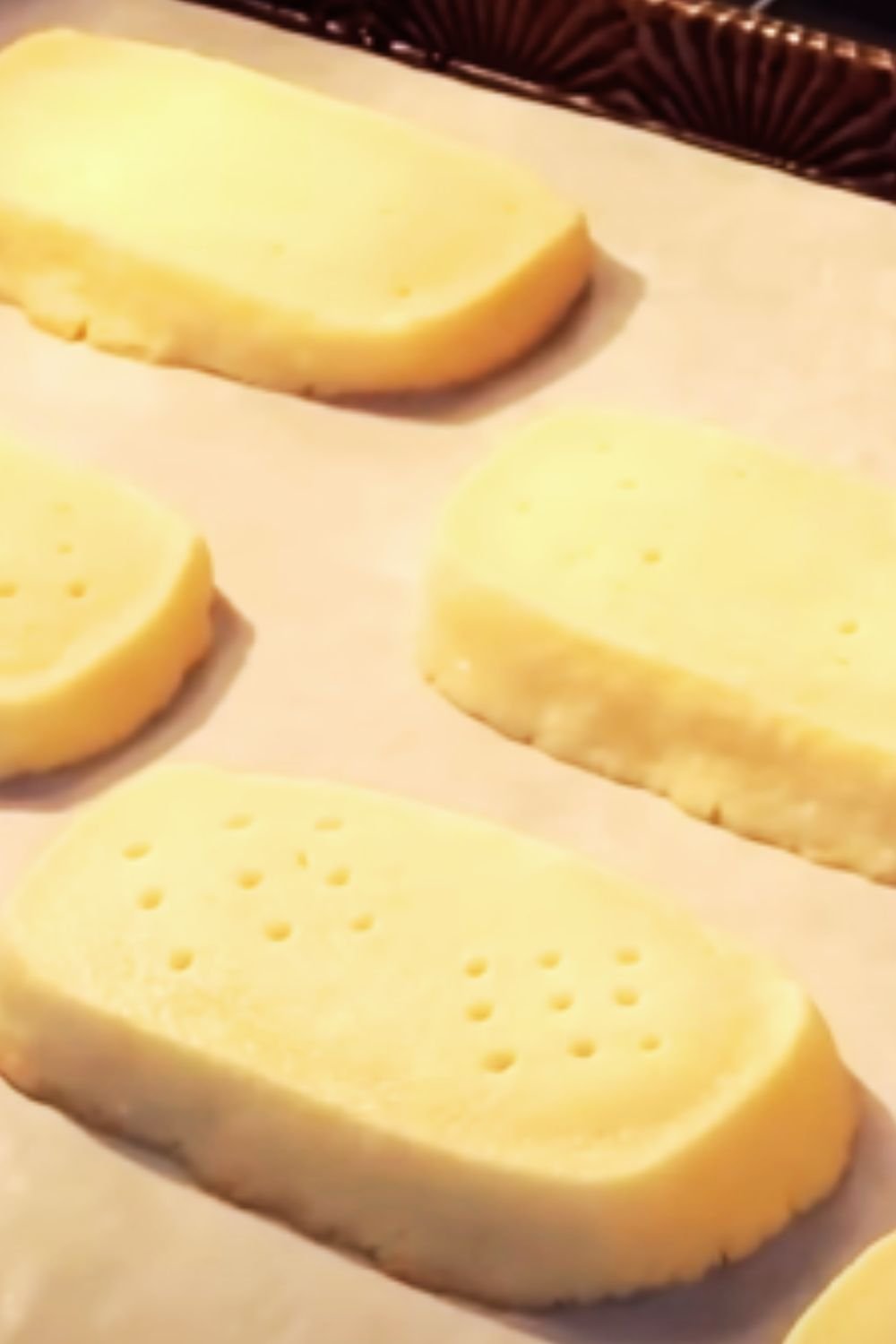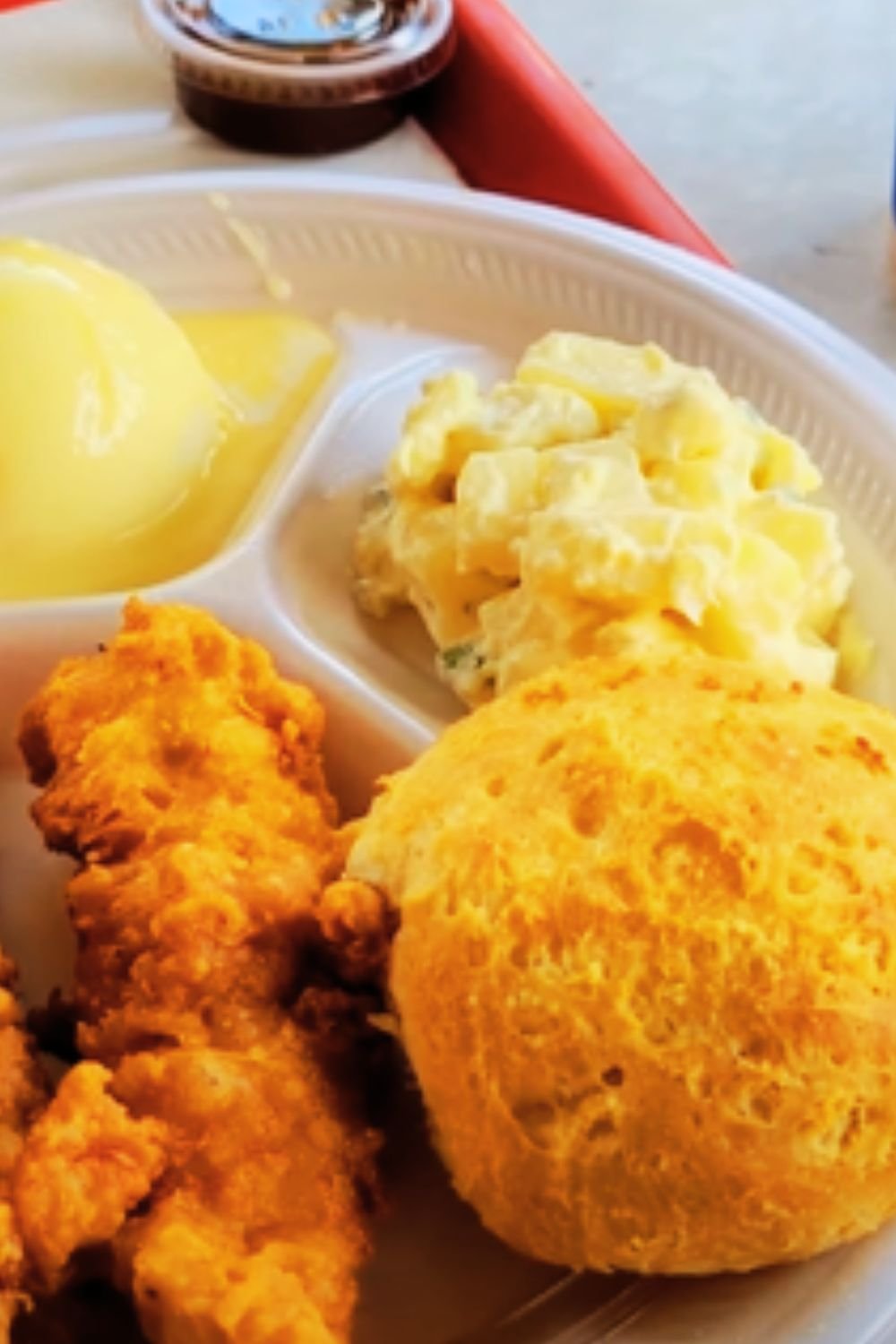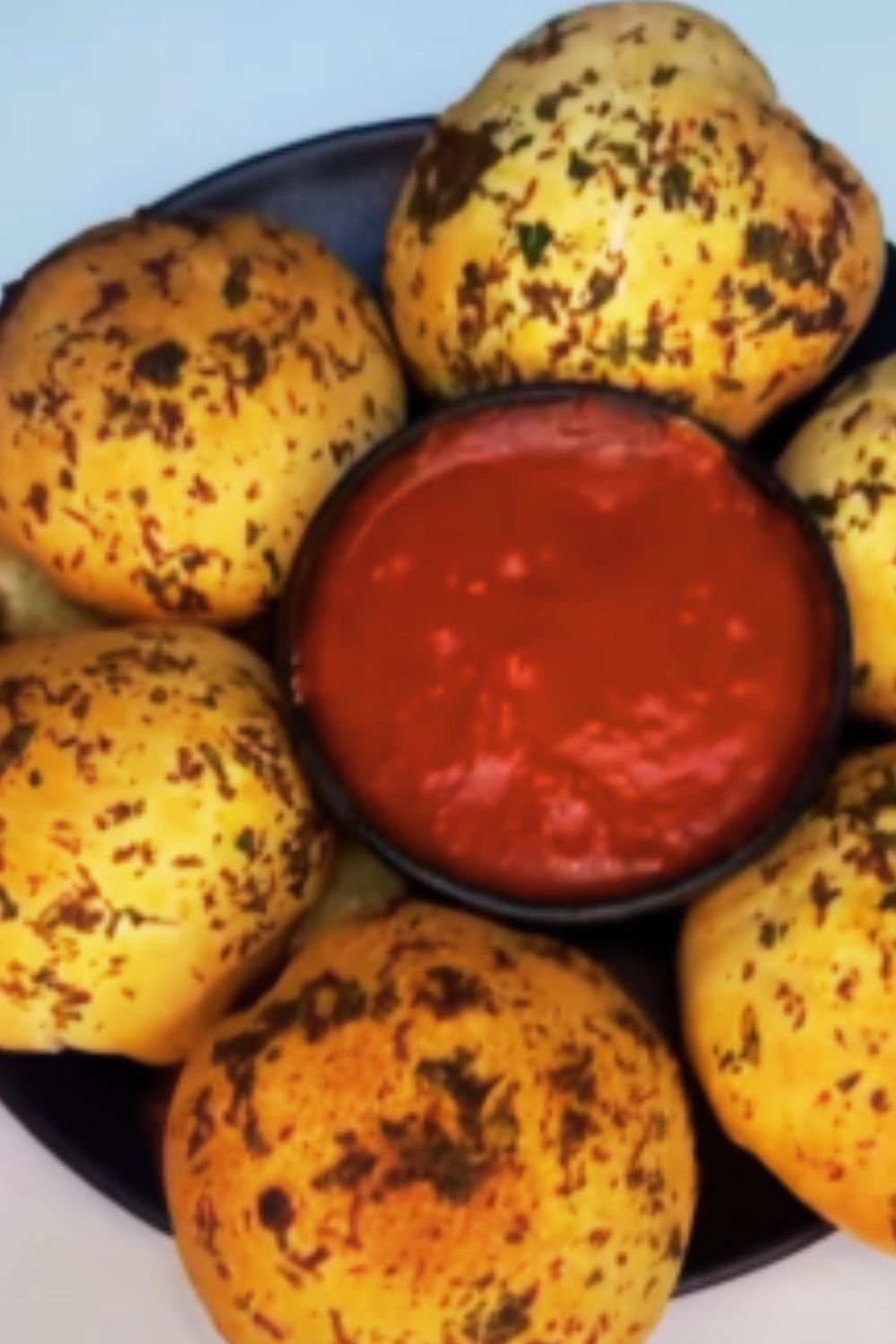There’s something magical about shortbread cookies. Their buttery taste, melt-in-your-mouth texture, and subtle sweetness have captivated dessert lovers for centuries. As a passionate home baker, I’ve spent years perfecting various cookie recipes, but I always come back to classic shortbread. What amazes me most is that the most authentic, delicious shortbread requires just three simple ingredients!
Today, I’m sharing my foolproof 3-ingredient shortbread cookie recipe that has become a staple in my home. Whether you’re an experienced baker or a complete novice, this recipe will deliver perfect results every time. The beauty of shortbread lies in its simplicity—when you use quality ingredients and the proper technique, you’ll create something truly extraordinary.
The History Behind Shortbread
Before diving into the recipe, let’s appreciate the rich heritage of shortbread cookies. Originating in Scotland in the 16th century, traditional shortbread was a luxury reserved for special occasions like Christmas and Hogmanay (Scottish New Year). The term “short” actually refers to the crumbly texture created by the high butter content that “shortens” the gluten strands.
Queen Mary of Scots was reportedly fond of “petticoat tails,” a shortbread variation cut into triangular segments. The classic recipe has remained largely unchanged for hundreds of years—a testament to its perfect simplicity.
The Magic of Three Ingredients
The true beauty of authentic shortbread lies in its minimalist ingredient list. You’ll need just:
- Butter
- Sugar
- Flour
That’s it! No eggs, no leavening agents, no additives—just three pure ingredients working in perfect harmony. Let’s look at why each component matters and how to select the best quality for superior results.
Butter: The Foundation of Flavor
Butter isn’t just an ingredient in shortbread—it’s the star of the show. The rich, creamy flavor of butter permeates every bite, creating that distinctive melt-in-your-mouth quality that makes shortbread so irresistible.
For the best results:
- Use unsalted butter (allows you to control the salt content)
- Choose high-quality European-style butter if possible (higher butterfat content)
- Ensure it’s at room temperature (but not melted)
I’ve found that European-style butter with its higher fat content creates a richer, more luxurious cookie. However, any good quality butter will still yield delicious results.
Sugar: Sweet Simplicity
Traditional shortbread uses regular white granulated sugar, though some variations incorporate powdered sugar for a more delicate texture. The sugar not only sweetens the cookie but also contributes to that characteristic sandy, crumbly texture.
For optimal results:
- Use superfine (caster) sugar if available—it incorporates more easily
- Avoid brown sugar for traditional shortbread (it adds moisture and changes the texture)
- Don’t reduce the sugar significantly—it’s crucial for proper texture
Flour: Structure and Substance
All-purpose flour provides the structure in shortbread cookies. Some bakers swear by a combination of all-purpose and rice flour for an even more tender result, but for our pure 3-ingredient version, high-quality all-purpose flour works perfectly.
Tips for flour:
- Measure carefully (too much flour creates dry, tough cookies)
- Sift before measuring for the lightest texture
- Don’t overmix once flour is added (develops gluten, making cookies tough)
The Perfect Ratio
The magic of shortbread lies in the precise ratio of ingredients. After years of testing, I’ve found this ratio delivers the perfect balance of richness, sweetness, and texture:
| Ingredient | Weight | Volume | Percentage |
|---|---|---|---|
| Butter | 226g | 1 cup (2 sticks) | 40% |
| Sugar | 100g | 1/2 cup | 18% |
| Flour | 240g | 2 cups | 42% |
| Salt (optional) | 1/4 tsp | 1/4 tsp | <1% |
While purists might argue that salt isn’t one of the three traditional ingredients, a tiny pinch enhances the buttery flavor without making the cookies taste salty. If you’re using salted butter, simply omit this.
Essential Equipment
Before starting, gather these basic tools:
- Mixing bowl
- Electric mixer (or strong arms and a wooden spoon!)
- Measuring cups and spoons (or kitchen scale for more precision)
- Rolling pin (if making rolled cookies)
- Cookie cutters or knife for cutting dough
- Baking sheet
- Parchment paper
- Cooling rack
The Recipe: Classic 3-Ingredient Shortbread Cookies
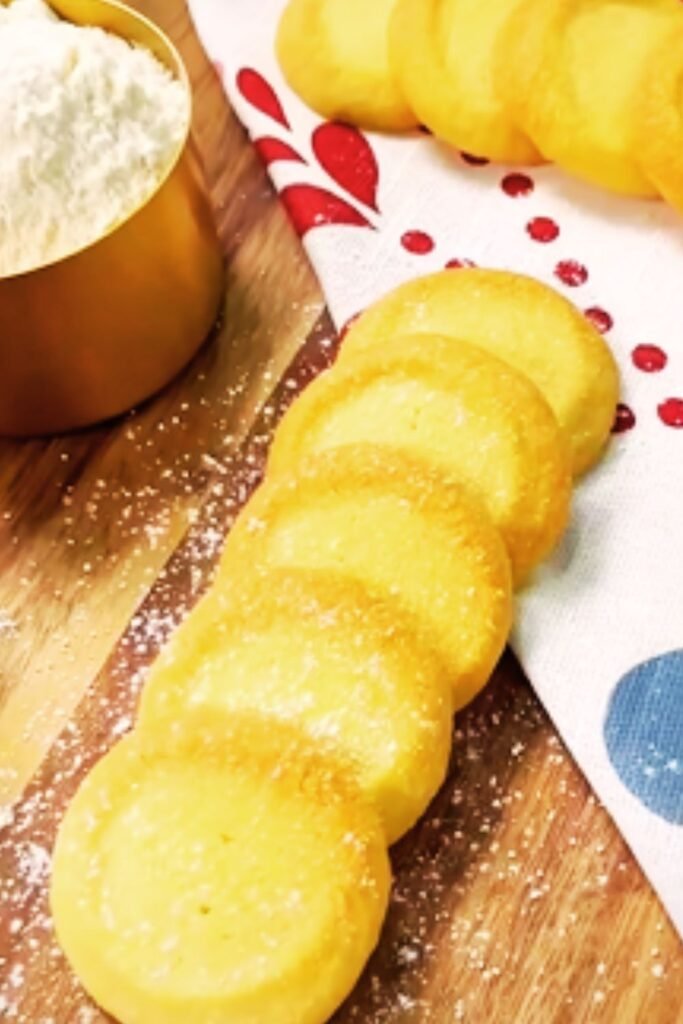
Ingredients
- 1 cup (226g) unsalted butter, softened
- 1/2 cup (100g) granulated sugar
- 2 cups (240g) all-purpose flour
- 1/4 teaspoon salt (optional)
Instructions
- Prepare Your Space Preheat your oven to 325°F (165°C). Line a baking sheet with parchment paper. Ensure your butter is softened but not melted—it should give slightly when pressed but still hold its shape.
- Cream Butter and Sugar In a large bowl, beat the butter until creamy (about 1 minute). Add the sugar and optional salt, then continue beating until light and fluffy (about 2-3 minutes). Don’t rush this step—proper creaming incorporates air and creates the foundation for your cookie’s texture.
- Add Flour Gradually add the flour, mixing on low speed until just combined. The dough will look crumbly at first but will come together as you mix. Stop as soon as it forms a cohesive dough—overmixing develops gluten, resulting in tough cookies.
- Shape the Dough You have several options for shaping your shortbread: For traditional wedges:
- Press the dough into an 8 or 9-inch round cake pan
- Prick all over with a fork
- Score into 8-12 wedges before baking
- Chill the dough for 30 minutes
- Roll out to 1/4-inch thickness on a lightly floured surface
- Cut with cookie cutters
- Transfer to prepared baking sheet
- Form the dough into a log about 2 inches in diameter
- Wrap in parchment paper or plastic wrap
- Chill for at least 1 hour
- Slice into 1/4-inch rounds
- Press dough into a 9×13-inch rectangular baking pan
- Prick with fork
- Score into finger-sized rectangles
- Bake to Perfection Bake at 325°F (165°C) for 18-22 minutes, or until the edges just begin to turn golden. Shortbread should remain quite pale—if it browns too much, the delicate flavor will be compromised.
- Cool Properly Allow the shortbread to cool in the pan or on the baking sheet for 10 minutes. If you’ve made a pan of shortbread, cut along the score lines while still warm. Then transfer to a wire rack to cool completely.
Common Mistakes and How to Avoid Them
Even with just three ingredients, things can sometimes go wrong. Here are solutions to the most common shortbread problems:
Tough or Dense Cookies
- Cause: Overworked dough or too much flour
- Solution: Mix just until ingredients are combined; measure flour carefully or weigh for precision
Cookies Spread Too Much
- Cause: Butter too warm or not enough flour
- Solution: Chill dough before baking; check measurements
Too Crumbly and Falls Apart
- Cause: Not enough butter or dough not pressed together firmly enough
- Solution: Double-check measurements; press dough firmly when shaping
Uneven Baking
- Cause: Oven hot spots or uneven dough thickness
- Solution: Rotate pan halfway through baking; roll dough to uniform thickness
Creative Variations
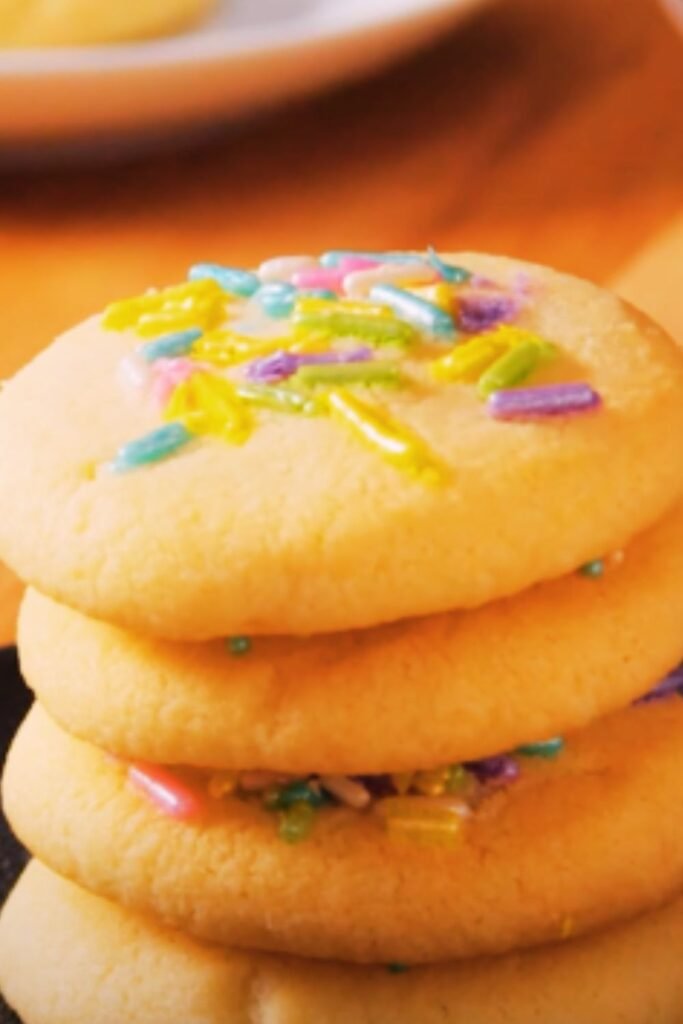
While the classic 3-ingredient shortbread is perfect in its simplicity, here are some variations that still honor the traditional recipe:
Flavor Additions
- Vanilla extract (1 teaspoon)
- Almond extract (1/2 teaspoon)
- Lemon or orange zest (1 tablespoon)
- Lavender buds (1 tablespoon, dried culinary grade)
- Earl Grey tea leaves (1 tablespoon, finely ground)
Texture Enhancements
- Substitute 1/4 cup of flour with rice flour or cornstarch for extra tenderness
- Add 1/2 cup mini chocolate chips
- Incorporate 1/2 cup finely chopped nuts (pecans, walnuts, or almonds)
- Mix in 1/4 cup poppy seeds
Finishing Touches
- Dip half in melted chocolate after baking
- Dust with powdered sugar while still warm
- Sprinkle with coarse sugar before baking
- Drizzle with a simple glaze (powdered sugar + milk)
Storing and Preserving Your Shortbread
One of the wonderful qualities of shortbread is its excellent shelf life. When stored correctly, your cookies will stay fresh and delicious for days or even weeks.
Short-Term Storage
- Store in an airtight container at room temperature
- Place parchment paper between layers to prevent sticking
- Add a slice of bread to keep them soft (remove after 24 hours)
- Will stay fresh for 1-2 weeks
Long-Term Storage
- Freeze baked cookies in airtight containers for up to 3 months
- Freeze raw dough (shaped into logs) for up to 3 months
- Thaw frozen dough in refrigerator before slicing and baking
Serving Suggestions

Shortbread cookies are versatile enough to be enjoyed in numerous ways:
- Serve with afternoon tea or coffee
- Create an elegant dessert by topping shortbread with fresh berries and whipped cream
- Crush and use as a pie or cheesecake crust
- Gift in decorative tins or packages for holidays
- Use as a base for millionaire’s shortbread (add caramel and chocolate layers)
- Serve with hot chocolate for a cozy winter treat
- Pair with fresh fruit compote for a light dessert
- Incorporate into ice cream as mix-ins or for ice cream sandwiches
The Science Behind Perfect Shortbread
Understanding the science behind shortbread helps you appreciate why each step matters:
| Factor | Scientific Effect | Practical Impact |
|---|---|---|
| Creaming butter and sugar | Creates air pockets | Produces tender, light texture |
| High butter ratio | Coats flour proteins, limiting gluten formation | Creates “short” crumbly texture |
| Low moisture content | Extends shelf life, creates crisp texture | Cookies stay fresh longer |
| Slow, low-temperature baking | Allows for even cooking without browning | Preserves delicate flavor |
| Cooling in pan | Allows structure to set | Prevents breaking when moved |
Nutritional Information
While shortbread is definitely a treat, it’s helpful to know what you’re consuming:
| Nutrient | Amount per cookie (based on 24 cookies per recipe) |
|---|---|
| Calories | Approximately 105-115 calories |
| Fat | 7g (mostly from butter) |
| Carbohydrates | 10g |
| Protein | 1g |
| Sodium | Minimal (unless salted butter is used) |
| Fiber | <1g |
Troubleshooting Guide
| Problem | Possible Cause | Solution |
|---|---|---|
| Cookies too hard | Overbaked or too much flour | Reduce baking time; measure flour carefully |
| Cookies too soft | Underbaked or too much butter | Bake longer; check measurements |
| Dough too crumbly | Not enough butter or overworked | Add 1-2 tbsp more butter; handle less |
| Cookies spreading | Butter too warm | Chill dough before baking |
| Uneven coloring | Oven hot spots | Rotate pan halfway through baking |
Frequently Asked Questions
Q: Can I use margarine instead of butter? While you technically can substitute margarine, I strongly advise against it. Butter provides the signature flavor and texture that defines shortbread. Margarine contains water and oils that will significantly alter the final product.
Q: How can I tell when my shortbread is done baking? Shortbread should remain quite pale when done. Look for the edges to just begin turning a light golden color. The center may still look slightly soft but will firm up as it cools.
Q: Can I make these cookies gluten-free? Yes! Substitute the all-purpose flour with a high-quality gluten-free flour blend that contains xanthan gum. Some bakers report excellent results with measure-for-measure gluten-free flour blends.
Q: Why do I need to prick the dough with a fork? Pricking the dough (called “docking”) prevents air bubbles from forming during baking and allows for more even cooking. It’s also traditional—those distinctive holes are part of shortbread’s signature look!
Q: Can I reduce the sugar in this recipe? I don’t recommend reducing the sugar significantly. Beyond sweetness, sugar contributes to the structural integrity and texture of the cookie. A slight reduction (maybe 1-2 tablespoons) won’t drastically affect the outcome, but more than that will change the texture and shelf-life.
Q: How thick should I roll the dough? For traditional shortbread texture, aim for about 1/4 inch (6mm) thickness. Thinner cookies will be crisper but also more fragile and prone to burning, while thicker cookies will be softer in the center.
Q: Why did my dough crack when I was rolling it out? Cold dough tends to crack when rolled. Let it warm slightly at room temperature before rolling. If it’s still cracking, pat it down with your hands first to warm it, then try rolling again.
Q: Can I make these cookies ahead for a party? Absolutely! Shortbread actually improves in flavor after a day or two as the butter flavor develops. They’re perfect for making 1-3 days ahead of an event.
My Personal Shortbread Journey
I still remember my first attempt at shortbread—a complete disaster that resembled hockey pucks more than cookies. Through countless batches and slight adjustments, I’ve learned that patience and attention to detail make all the difference.
The most important lesson I’ve discovered is that simplicity often yields the most impressive results. When working with just three ingredients, the quality of each one becomes paramount. I now use European-style butter with 82% butterfat content, and the difference in flavor is remarkable.
I’ve also learned that the way you incorporate the ingredients matters tremendously. Creaming the butter and sugar properly creates countless tiny air pockets that contribute to that melt-in-your-mouth texture we all crave.
Final Thoughts
After years of baking, I’m convinced that 3-ingredient shortbread cookies represent the perfect intersection of simplicity and sophistication. There’s something deeply satisfying about creating something so delicious from so few ingredients.
Whether you’re an experienced baker or trying your hand at homemade cookies for the first time, this recipe offers consistent results with minimal effort. The clean, buttery flavor provides a perfect canvas for endless variations, or you can enjoy them in their pure, traditional form.
I hope you’ll try this recipe and experience the magic of shortbread for yourself. Remember that baking is both science and art—follow the guidelines for consistent results, but don’t be afraid to make the recipe your own.
Happy baking!
